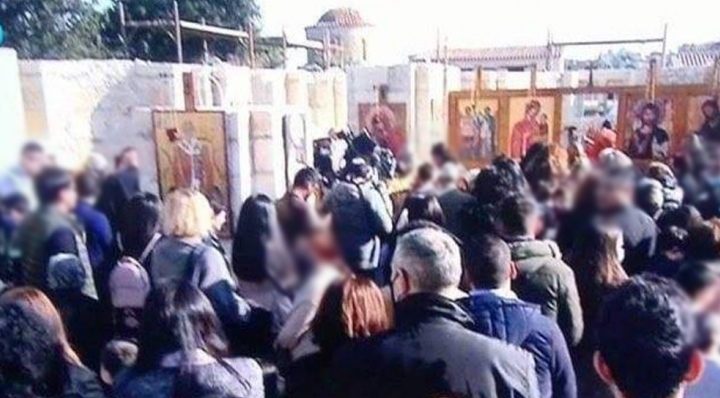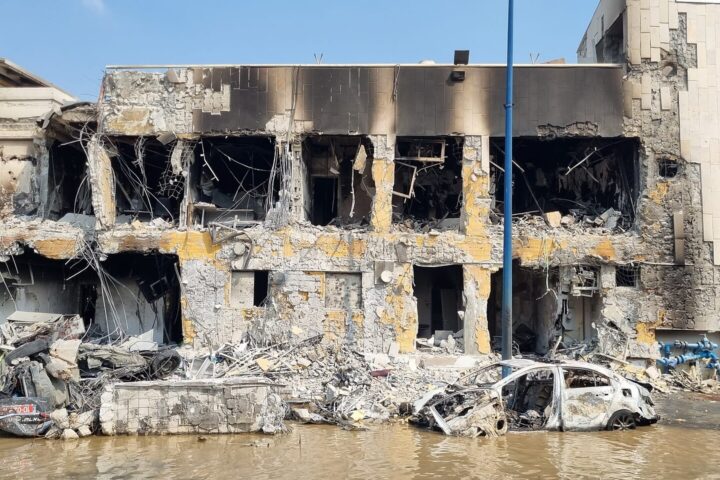.
By Makis Georghiou
After a long wait that goes back seven years when it was first launched at the Hilton Park in Nicosia in January 2012, the contract to build the EuroAsia Interconnector cable system worth about EUR 3.5 bln is about to be awarded.
At the time, the crowd of business executives, engineers and curious onlookers could not imagine that such a gargantuan project would finally get off the ground.
And yet, it has proven its critics wrong and the company is on the verge of announcing the name of the main contractor for the 1,518km direct current cable, with four high-voltage HVDC converter stations.
This is by far the biggest infrastructure project involving a Cyprus company, and probably one of the few energy projects in the eastern Mediterranean that will ever be realised, which is why the EuroAsia has been declared a project of common interest (PCI 3.10) that will link the electricity networks of Israel and Greece through Cyprus, ending the island’s energy isolation.
These past few months have been hectic for the developer and operator of the cable system that will, in the first phase, have the capacity to transmit 1,000MW, starting with the Crete-Attica subsea cable.
It has already secured assurances from the energy regulators of Cyprus and Greece (CERA and RAE) that the cost to build the interconnector will be shared, with additional amounts arriving from EU funds, such as the Connecting Europe Facility.
The procurement process reached a hiatus in mid-2018 when the list of potential bidders started to thin and the quality of tenderers started to rise, ending with an undisclosed number of ‘preferred bidders’ at present who have reached the final stage.
On Friday, the company issued an announcement saying that the bidding process has reached its final stage and that “world-leading manufacturers have expressed their strong interest and are participating in the final tender process.”
It did not name the manufacturers, but it is widely believed to include the global leaders in the electric cable business.
On July 3, the company announced that it had sent out the invitations to tender (ITT) to all the selected economic operators inviting them to prepare and submit their final tenders.
It added that the tender procedures that were launched “through the publication of Contract Notices to the TED database of the Official Journal of the European Union, follow the negotiated procedure and each contract will be awarded to the most economically advantageous tender.”
To date, despite some hiccups in Greece in the past year, where the previous Syriza administration tried to abandon its support of EuroAsia on the Crete-Attica segment to promote a company of its own choice to build the link as a ‘national project’- something that infuriated officials in Brussels – the project’s developer has maintained its course, saying it will commission the Crete-Attica cable in 2022 and Crete-Cyprus by the end of 2023.
By contrast, the alternative ‘national’ project for Crete-Attica, named Ariadni, has yet to embark on its initial procurement process, which means that tenders cannot be finalised until mid-2020. This will push the implementation date for Ariadni to at least a year beyond the EuroAsia deadline, at a higher cost and with the risk that Crete will live a daily risk of blackouts, especially with record tourist arrivals burdening the power grid even further during summer months.
With a new government taking over in Athens, EuroAsia is expected to be fast-tracked and outstanding permits, such as environmental and other studies collecting dust in one of the Environment Ministry’s drawers, should move forward.
At the same time, the new Minister for Energy, Kostas Hatzidakis, is expected to come up with alternative solutions and compromise suggestions to end any deadlock and help the project move ahead and meet the deadlines as expected by the EU.
The writer is a regular columnist on energy, geopolitical and maritime affairs.







